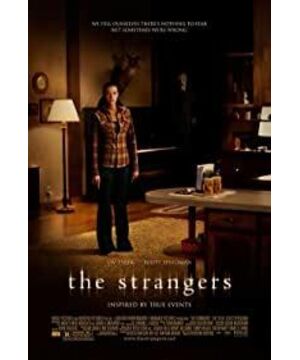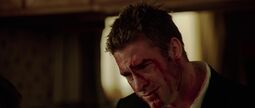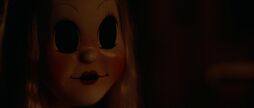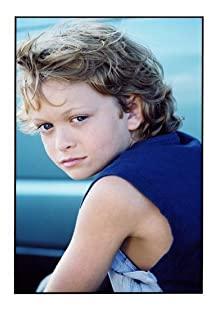1 Change according to real events.
In the opening movie, the film hints at the source of the horror, which comes from a real brutal case, which is still unsolved. I think that for many horror film fans like me, they will be more curious and even hopeful about the direction of the film because of this. Therefore, regardless of the director's performance, our evaluation of the film has undergone some emotional changes. (Let’s forget that it’s more interesting to make simple "positive" or "negative" judgments about this film?)
On the other hand, it is precisely because it is based on an incident where no one knows the truth. It seems that many of them are difficult to explain. The details become more tolerable or less acceptable. The reason for the latter is not difficult to understand as: Since the prompts based on "real cases" are derived from the truth, what are the logical questions?
As for the explanation of the former, I need to say a few more words here.
The film’s perspective comes from Kolsten and James; because of this, the film’s perspective is not an all-powerful perspective of a third party. The director does not show an omniscient vision that only God can see. If we can redefine the “reality” prompt here, we have another discovery—apart from the “truth of truth” from the omnipotent perspective, there are also completely objective facts that originated from the victims Kolsten and James himself. "True Fear". This "real fear" derived from the truth may even contradict the reasonable logic of the "almighty perspective" that we are used to.
For example, I have an uncontrollable fear of red. In this case, from my perspective, red has evil power and is given more demonized meanings, which is in line with God’s eyes. The red is completely different from green, and it is also different from the red in your eyes (if you are a person who is not afraid of red like me). The red in God's eyes can be understood as the truth from the omnipotent perspective, which is completely objective. And the red in my eyes triggers the sense of fear precisely from this completely objective red. Therefore, whether it is the completely objective red "truth" or the red "fear" that comes from my heart, both are real.
The director separates the perspective from God’s omnipotent perspective, away from revealing the precise objective truth. On the contrary, the film’s perspective is injected into the perspective of the victims Korsten and James, those “tele-moving” and other “illogical” The plot will become easier to understand. At least we can be more well-intentioned to believe that the director uses his own horror mood to restore the psychological fear of the parties, rather than the truth itself.
If we sit in front of the screen with expectations and realize that we will not find more clues than those policemen who are still overwhelmed or indifferent about this case, we will find that the director is very The creation of the atmosphere of horror probably still has some meaning.
2 Psychological fear: terror reminder.
The discomfort caused by uncertainty is an important cause of our fear. In horror films, there are often various prompts for distinguishing spaces such as "doors" and "windows". Simply speaking, it not only distinguishes the outdoor from the indoor, but also divides the indoor space to varying degrees; on the other hand, it also assumes the role of "connection", such as the bedroom door in the film, which separates the murderer from the pair. The spaces occupied by the victims are connected, and that has become the source of our most fear. This source does not come from the murderer itself, but from the fact that we are not sure whether the murderer is standing outside the door, and we are not sure what the murderer is. When the time comes, we are not sure what the murderer will appear in... a series of uncertainties have shrouded the doors or windows in the film with terror, and these images have also continuously promoted the spread of fear in the film.
3 Psychological fear: killing for no reason.
The more important uncertainty comes from intangible ideas. As troubled men and women, why these strangers hurt them has become their biggest puzzle. This also makes this cruelty no reason to stop.
This unprovoked killing has been destined to no longer be a game controlled by the men and women of the victim since its birth without a cause. Absolute inequality in information has not only brought about communication difficulties, but more importantly, it has caused unstoppable killings to continue.
I personally think that the meticulous description of the killing in the film is not so exciting and unique, but it can still be highlighted; it is just one thing that makes me somewhat disappointed. When Corsten faced the murderer's family of three. , The daughter of the murderer’s family gave an abstract murder answer.
But fortunately, it is precisely because this answer is extremely abstract, or it can be said that this answer is so nonsensical that Corsten and James can't eliminate it at all, and ultimately can't stop the progress of doom. The killing is over.
4 The completeness of fear.
Experienced a series of on-site details, including logical and illogical; our sense of fear has gone through a process from nervousness to panic, then panic, and finally despair; when a new day comes, when the sun shines into the room , Blade finally determined the ending of the tragedy, and made the final conclusion for this fearful mood.
This is what I personally think is the best part of the film: the mass production of psychological horror, with the slow pace of torture, the director finally completed this "abuse". The title "the strangers" outlines the entire source of horror-uncertainty.
View more about The Strangers reviews











